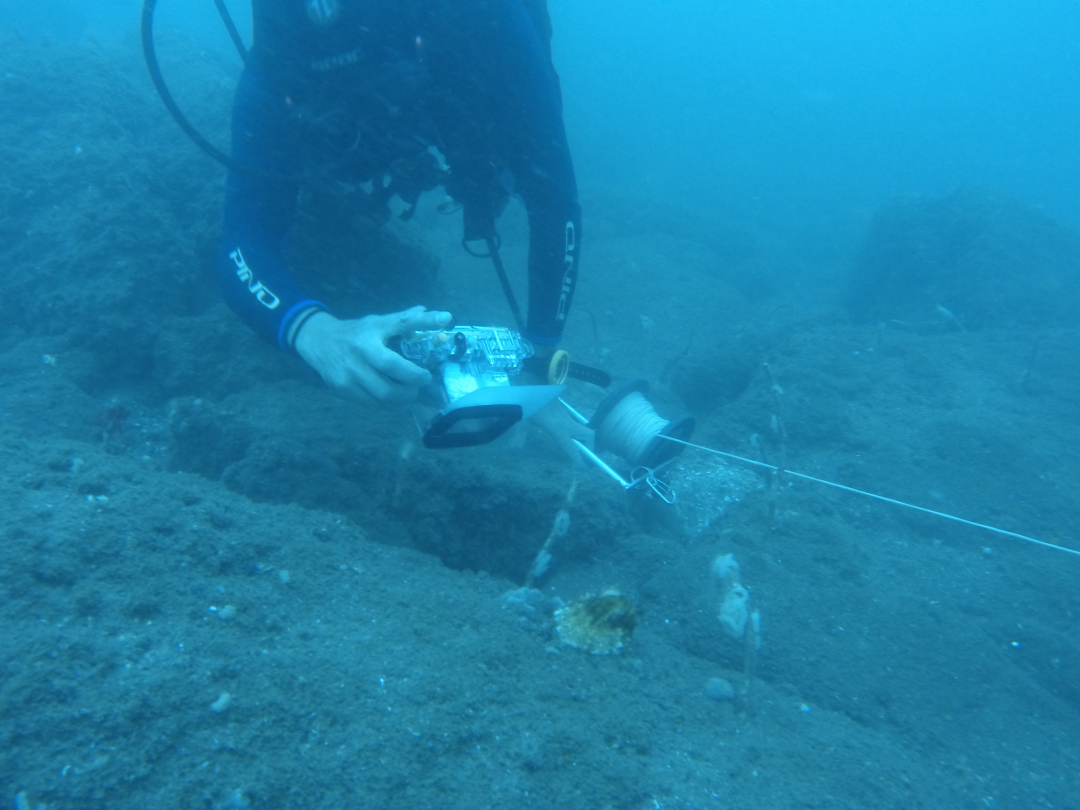Disclaimer:
Please be aware that the content herein is comprised of personal reflections, observations, and insights from our contributors. It is not necessarily exhaustive or authoritative, but rather reflects individual perspectives. While we aim for accuracy, we cannot guarantee the completeness or up-to-date nature of the content.
Contributory project: It is designed by scientists, and citizens participate in data collection.
Objective: Overall goal: Promote the conservation of the marine ecosystem, in general, and the communities and underwater cultural heritage of natural and artificial reefs in Mar del Plata, specifically. Specific goals: Monitor the communities living in natural and artificial reefs in Mar del Plata. Establish the similarities between the communities living in artificial reefs and those in natural reefs. Analyze the development of the different populations inhabiting artificial structures since the moment they sunk. Broaden knowledge about the biological communities living in the reefs and shipwrecks in order to offer guidelines about their conservation and handling.
Description of citizen participation: Divers from the city make videos of the dives and take pictures of different natural and artificial reefs. The digital information about the presence, absence, or abundance of different living organisms of the sampled communities is sent for analysis through platforms such as WeTransfer and WhatsApp. It is also made available at in-person meetings using the diver’s computer to transfer the data to a project’s external hard drive. In addition to photos and videos, the project also requires the time and place where shots were taken and any other information or input that divers may have about their experience, such as visibility, current, a certain type of living organism, etc. Citizens also participate in different meetings and talks held by the project leaders in which certain facts about an animal are presented, either due to their behavior or number (large or small). In most cases, some of the questions addressed in these meetings are answered on the spot while sometimes others work as triggers for future workshops or research.
Time frame: 1/1/2008 - N/A.
Project leaders: Gabriel Genzano, the Institute of Marine and Coastal Research (IIMYC)/National Scientific and Technical Research Council (CONICET)/University of Mar del Plata (UNMdP). Pablo Meretta, UNMdP-IIMyC.
Contact information: Email: genzanogabriel@gmail.com, pabloemeretta@gmail.com Web: biodiversidaddearrecifes.ar Instagram: instagram.com/biodiversidaddearrecifes
 Consent to share form or official link.
Consent to share form or official link.

 14Life below water
14Life below water
Comments
Log in to add a comment or reply.